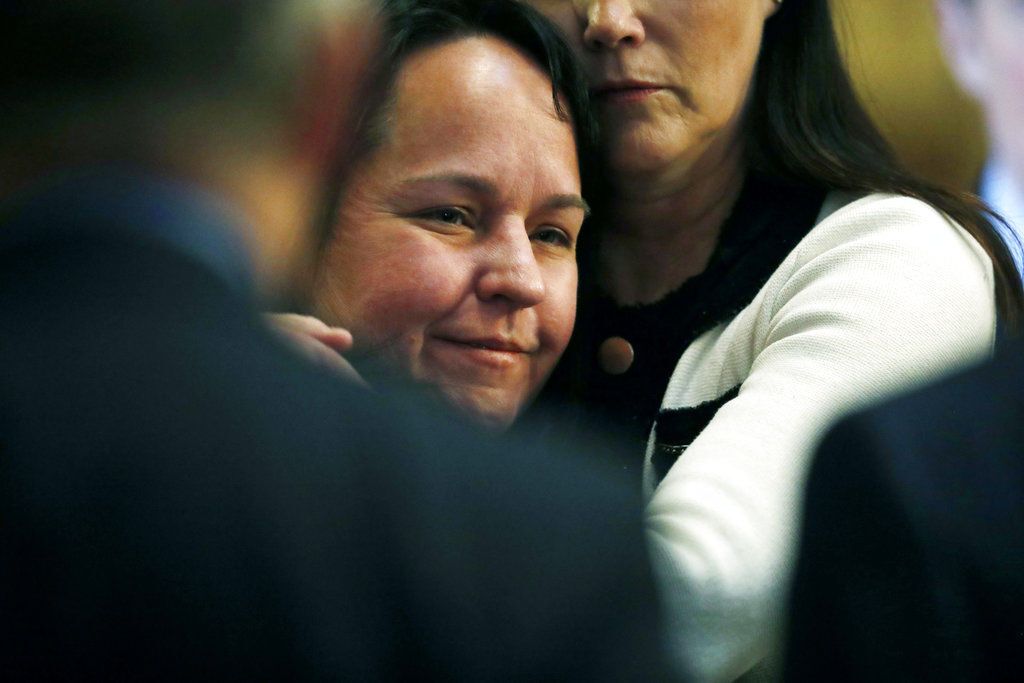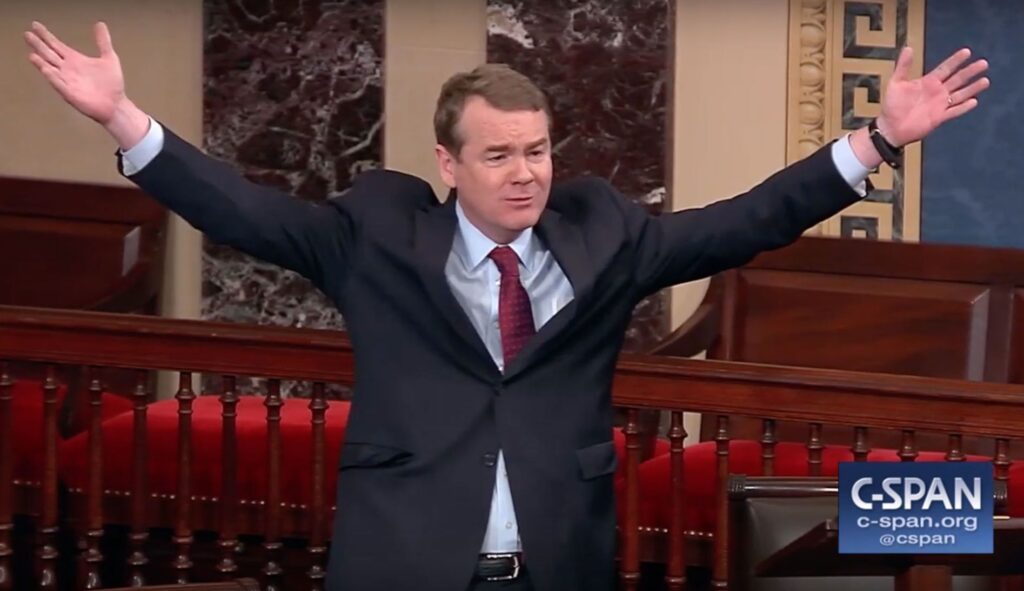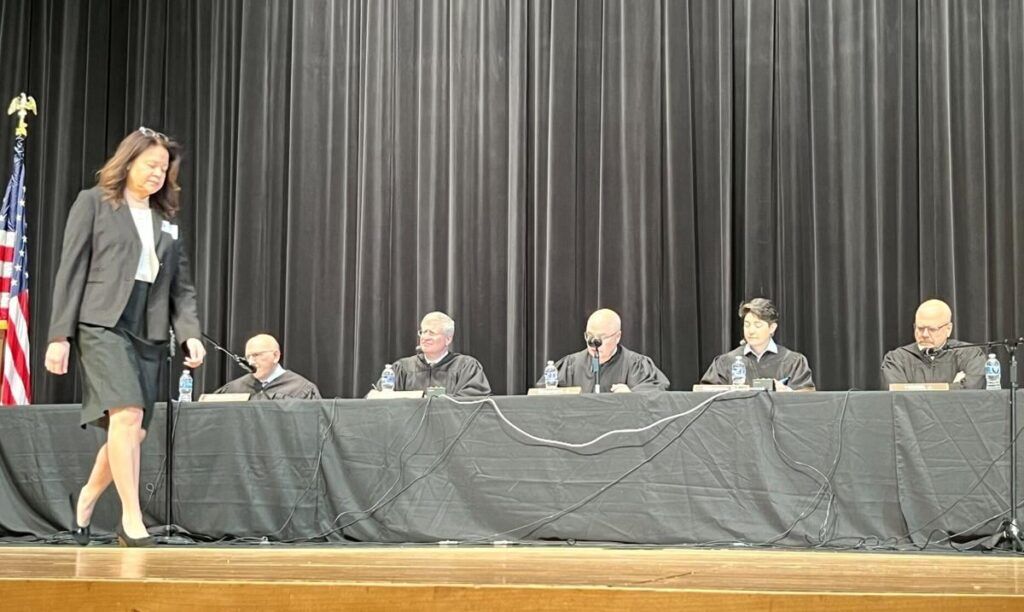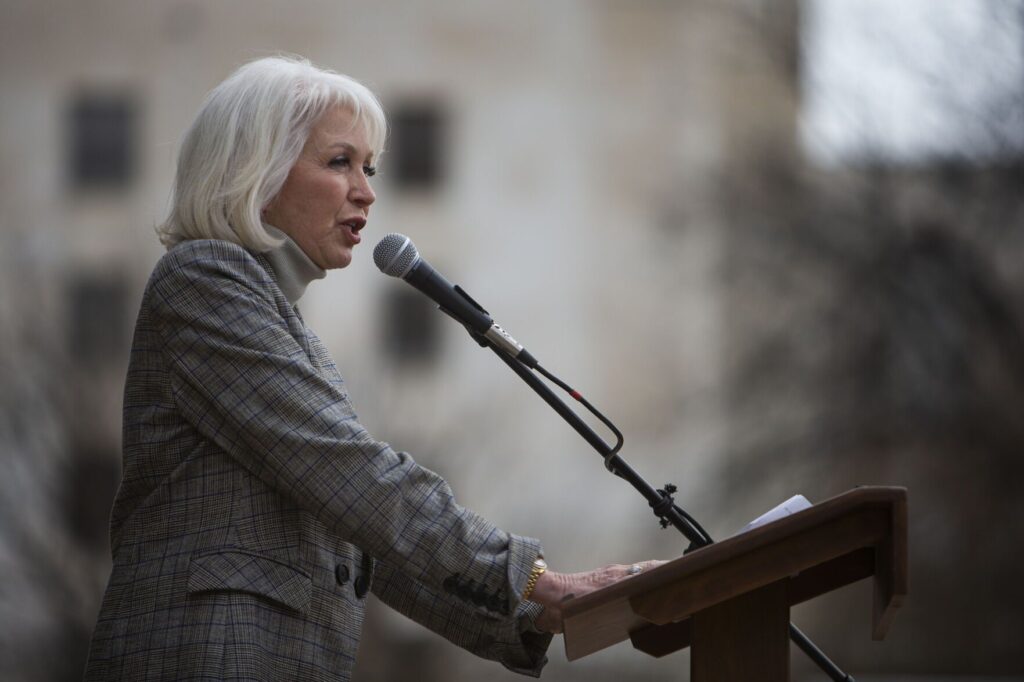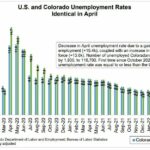Study: A third of Colorado’s COVID deaths were vaccine preventable
Over a third of Colorado’s more than 13,200 COVID-19 deaths were vaccine preventable, according to a new analysis by Brown University, a figure that, while representing one of the better rates in the nation, still shows the effect vaccine hesitancy and access have had on the latter half of the pandemic.
Colorado has consistently had one of the best per-capita COVID deaths rates in the United States. According to Brown, the state had the 18th-best rate of vaccine-preventable deaths in the nation.
Of Colorado’s more than 13,200 deaths due to COVID-19, Brown researchers estimate that 4,575 could’ve been prevented had the state vaccinated its entire population. That’s a rate of 1,017 preventable deaths per 1 million residents.
The data is current through April 30, according to the analysis, and examines deaths after Jan. 1, 2021. In a paper explaining their findings, the researchers wrote that they took a conservative approach to their projections and that the number of preventable deaths they provided should be considered the lower end of the possible range, meaning the number – in Colorado and elsewhere – may be higher.
The proportion of preventable deaths also becomes starker when considering that vaccines have only been available since December 2020, and available in large numbers since spring 2021. The bulk of Colorado’s deaths due to COVID-19 – meaning fatalities for which the disease was the cause – have come since vaccines first arrived in mid-December 2020.
Since Jan. 1, 2021, which is the point that Brown researchers began examining deaths, more than 8,700 Coloradans have died as a direct result of the disease. Taken against that figure, the number of preventable deaths in the state is over 52%, according to a comparison of state data and the Brown team’s projections.
Since vaccines became available, “Colorado data has shown a clear correlation between higher COVID-19 vaccination rates and lower rates of severe illness and death from COVID-19,” the state Department of Public Health and Environment said in an email.
According to the state’s vaccine dashboard, the death rate for unvaccinated residents was more than seven times higher than vaccinated and boosted residents in March, when that data was last updated.
It was even higher in November, when deaths most recently peaked: At that point, unvaccinated Coloradans’ death rate was more than 56 times that of residents who were fully vaccinated and boosted.
Like the rest of the nation, Colorado’s vaccination rate dropped dramatically last summer, after an initial rush of uptake. Still, 74.4% of the state’s eligible residents are fully vaccinated, representing the 16th-best rate in the nation, according to a Mayo Clinic tracker. The state’s vaccination for those 65 years of age and older is 10th best.
While many of those can be attributed to vaccine hesitancy or outright opposition, some are also likely linked to access issues. Hispanic residents have died at disproportionate rates throughout the pandemic; that rate has improved over the past two years, but still remains out of balance relative to their proportion of Colorado’s population.
Hispanic residents are also less likely to be vaccinated than their white peers. According to state data, Hispanics make up 11.8% of the state’s vaccinated population, despite making up more than 22% of Colorado’s total population. Advocates have said much of that disparity is due to access issues facing the community.
Colorado is far from alone in facing a significant number of preventable deaths. The Brown University researchers found that of “the 641,305 deaths recorded in the U.S. between January 1st 2021 and April 30th 2022, only 59,518 were in fully vaccinated individuals, while 581,786 were not.
“In other words,” they wrote, “90.7 percentage of deaths in this timeframe occurred in unvaccinated or only partially vaccinated Americans.”
While the delta wave – which began in July and truly ended only with omicron’s arrival in December – brought a prolonged surge in deaths to Colorado, omicron’s recession over the past three months has significantly blunted mortality. Out of 15 weeks before November and early February, Colorado reported at least 200 weekly deaths 13 times.
Since then, though, there hasn’t been a single week that’s surpassed 200. In fact, the state has reported fewer than 50 weekly deaths every week since mid-March. While Colorado regularly added a thousand new deaths caused by COVID-19 each month between October and February, fewer than 300 residents have died because of the virus since April 2.


